How to Save the Bees – 5 Easy Ways YOU Can help
on Apr 10, 2019
This post may contain affiliate links. Please read our disclosure policy.
I’m sure you’ve heard that bees (and other pollinators) are on the decline. If you’re wondering how to save the bees, here are five easy things you can do right now to make a difference! We need bees – see how easy it is to make a difference.

How to Save the Bees – 5 Easy Ways YOU Can help
1. Don’t use pesticides on your yard.
Pesticides are not discriminatory and kill most bugs, including beneficial bees and other pollinators – which we desperately need. I’ve seen sad memes about the amount of money we waste on lawn care in the US. We waste a lot of energy throwing away grass clippings and spraying our yards to make them “beautiful.” But the reality is, many of our current lawn care practices are harmful to vital pollinators. It’s better to let the dandelion, clovers, and other weeds live as they provide food not only for bees, but also butterflies and other beneficial insects too! And I’m sure we can all think of better things to use spend the money! Or if you must use pesticides, use them very very sparingly.
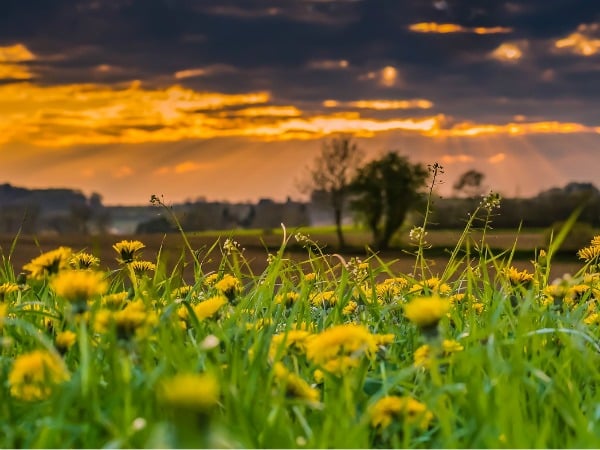
There are so many dandelion haters, but dandelions are a very important first food source for bees. Embrace their beauty and leave them in your yard!
2. Plant bee-friendly plants.
Bees need lots flowers for food, and they’re very useful because while they eat, they pollinate many, many, many of our fruits, vegetables, and nuts. If you’d like to add bee-friendly plants to your landscape, it’s best to find plants that are native to your area because bees are already adapted to them and can easily get their food. If you’re unsure of what types of flowers to plant, here are a few they love:
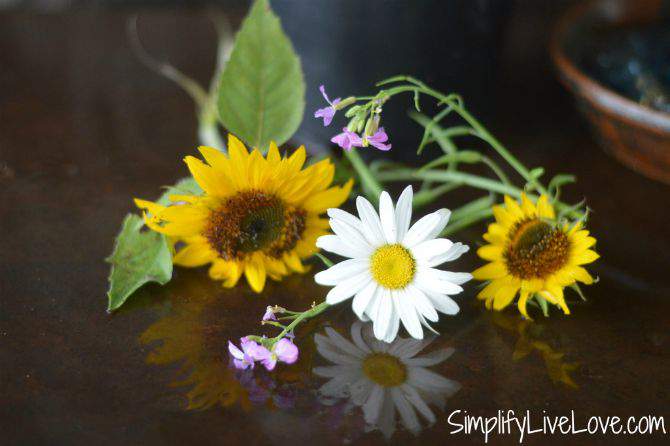
- black eyed susans
- coneflowers
- geraniums
- tulips
- lilacs
- daisies
- sunflowers
Planting a variety of flowers that will bloom at different times of the year is a great idea to give bees nectar throughout the year. Bees also love herbs, too! They’re easy to grow and great for cooking. So add a few herbs to your landscape as well.
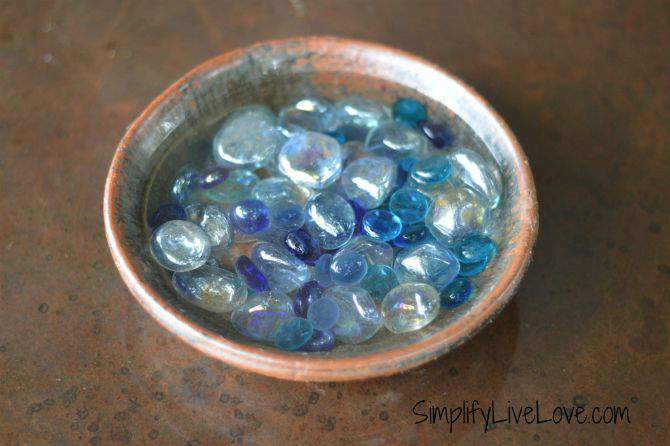
3. Incorporate a shallow water source in your garden.
Bees need water like most other living creatures. Water helps them make honey and keeps their hives cool and healthy. A shallow water source, filled with rocks to provide a safe landing area, will provide a good place for bees to get water without drowning.

4. Add a bee habitat to your landscape.
It’s nice to encourage non-aggressive mason bees to stick around. I love this Bamboo Mason Bee Hive House Friends of the Earth sent me! It looks so nice hanging on my garden shed and I can’t wait for bees to move in.
If you get a house like this, you’ll want to find a location that’s protected from the wind and that will get warm light in the morning and shade in the afternoon. You’ll also want to mount the house 3-6 feet above the ground, on a flat surface using screws.
If bees scare you, or you can’t have them around because of allergy issues, check out this post on how to great a butterfly habitat in a pot.
5. Get to know your farmer
Organic farming is the bee friendly, so if you can buy organic as much as possible, you are supporting the bees. Sometimes, though, the organic certification process is just not feasible for producers. Plenty of small-scare growers aren’t certified organic, but don’t use harmful chemicals on their crops. Get to know your food producer! Buy organic if you want, but more importantly, talk to your local growers and support the ones who don’t use pesticides or other harmful chemicals on their crops.
If you liked this post on how to save the bees, you might like these posts too:
Beautiful Bee Friendly Plants for your Landscape or Garden
Companion Plants You Need in Your Garden this Year
Create a Butterfly Garden in a Pot
What do you do to make a difference?
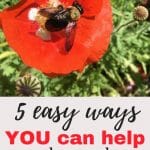
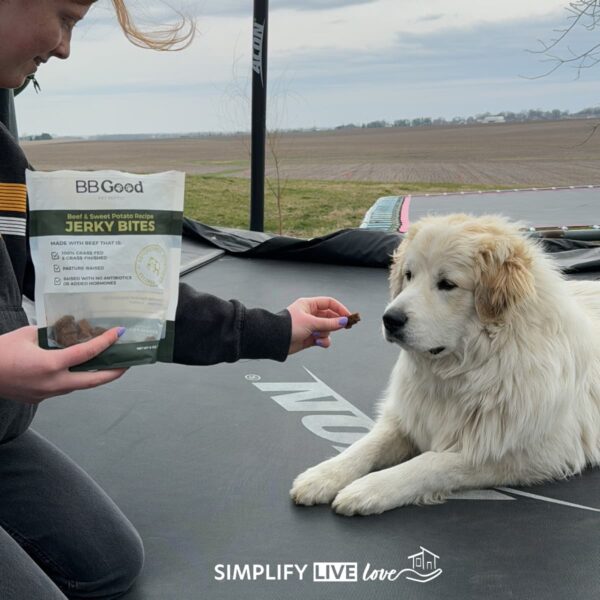
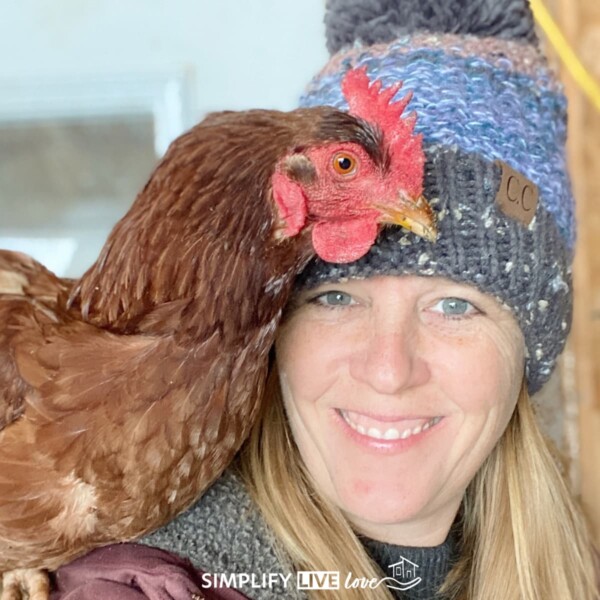











I’m off to check out your butterfly habitat. I am afraid of bees and my hubby is allergic. You take such pretty pictures though!
So important to save our bees. My daughter the nature lover is constantly telling me how we can save the earth and animals and she always finds better ways to do things. She’ll love this!
Saving bees is so important and it would be fun to get my kids involved in something like this so they can understand the importance as well. My son is scared to death of them, but I’m hoping when he gets a bit older, he’ll understand they are helpers, not hindrances!
I love all of these tips and it is so important to help the bees- now more than ever as their populations are in huge decline.
I admit I’m a little bit afraid of bees, but I do know the importance of saving them. That bee habitat does look really nice too!
I have read the planting flowers is great for local bees, but I didn’t know that you could buy a bee habitat. I like this idea and know that it would be great for our backyard garden.
Bees are so beautiful and fascinating to watch. We have giant sunflowers blooming in our garden right now, and the bees are flocking to them. We also get a lot of bee activity around our butterfly bush. My son and I are going to try some of these other ideas to help our bees thrive. It’s so hot and dry outside where we live right now, there aren’t many flowers blooming.